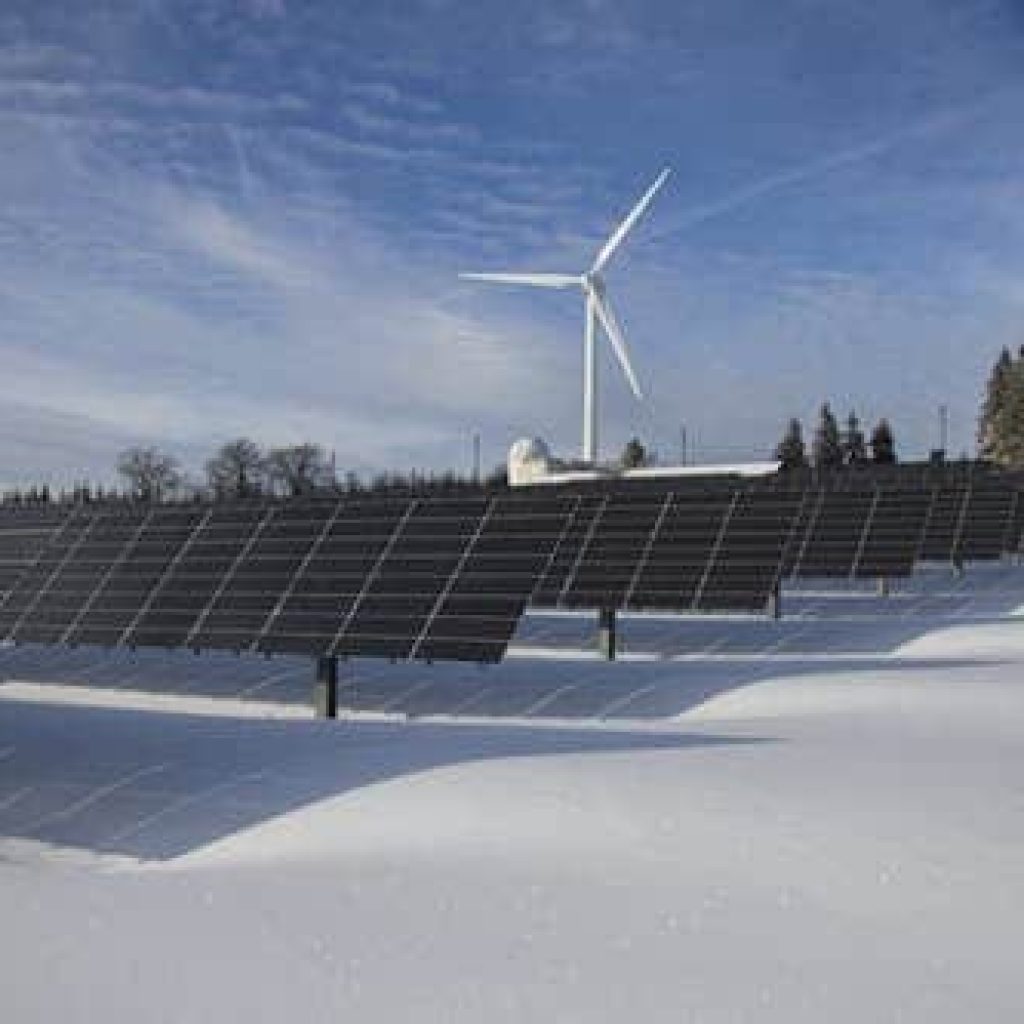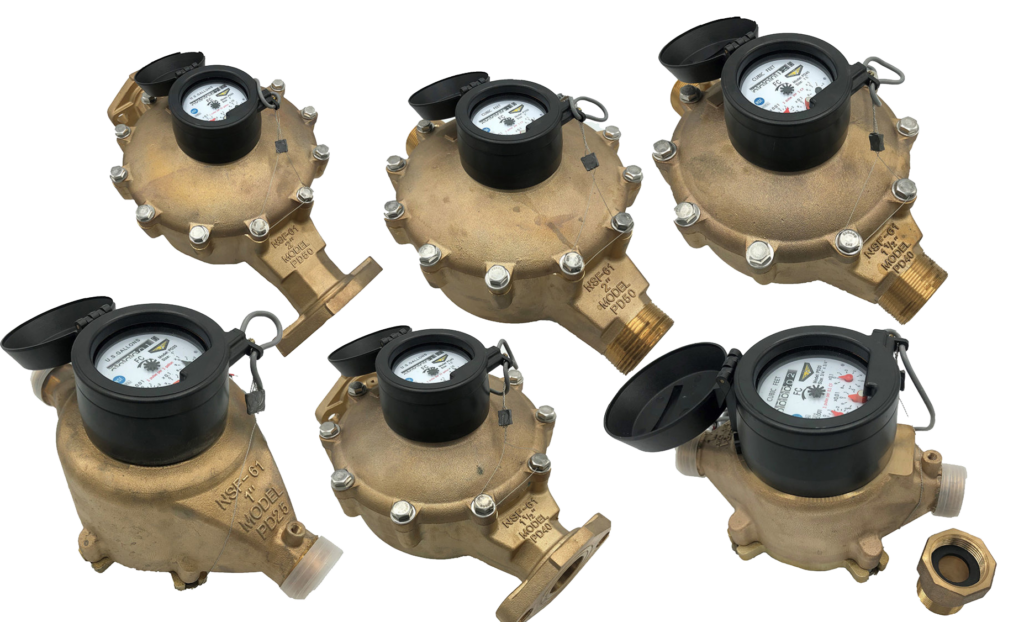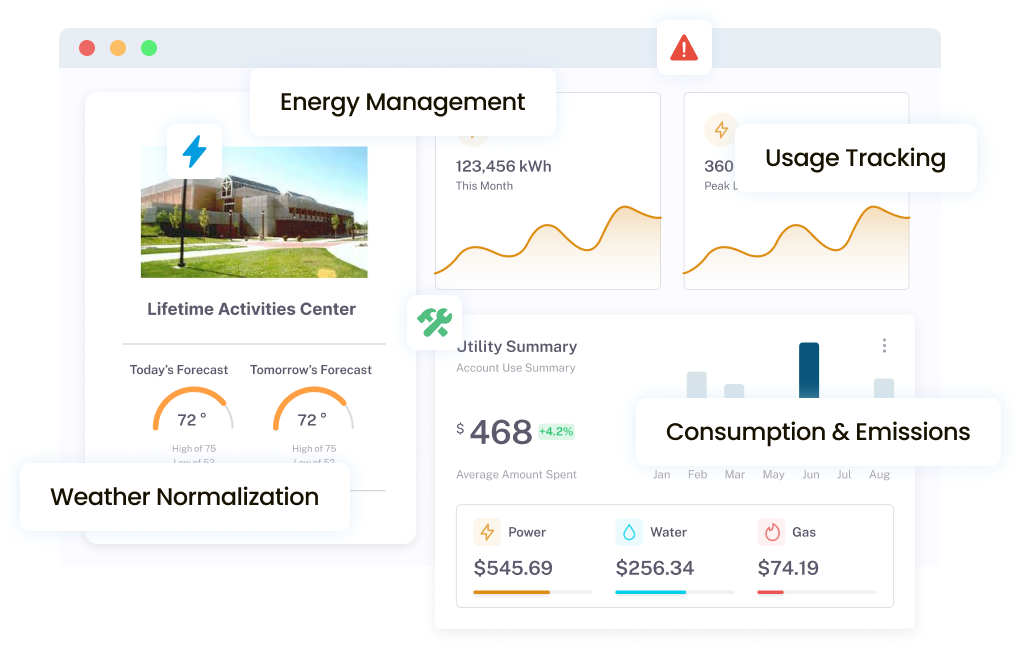Learn everything you need to know about energy management systems and how they can help you save money, reduce your environmental footprint, and improve your bottom line.
Introduction to Energy Management Systems
Energy management systems are tools that help organizations monitor, analyze and optimize their energy use. They are vital for companies taking steps to implement sustainability practices, and also save money on energy costs.

Renewable Energy Sources
Take advantage of renewable energy sources and reduce your carbon footprint.

Energy Efficient Equipment
Invest in energy efficient equipment to reduce energy consumption and minimize waste.

Smart Technology
Use smart technologies to automate and optimize energy use for maximum efficiency.
4 Benefits of Implementing an Energy Management System
Implementing an energy management system can lead to multiple benefits for your organization. In addition to reducing energy costs, it can improve your environmental sustainability, help you meet regulatory requirements, and improve your brand reputation.
1) Lower Energy Costs
Reduce your energy bills by optimizing your energy use and identifying energy waste.
2) Sustainability
Contribute to a more sustainable future by reducing your environmental impact and dependence on fossil fuels.
3) Regulatory Compliance
Meet regulatory compliance requirements by adhering to energy management standards and regulations
4) Brand Reputation
Boost your brand reputation and stand out as a leader in sustainability and responsible energy use.
Key Components of an Energy Management System
In order to build an effective energy management plan, it is essential to include key components like energy policy, data analysis, and employee engagement. These components will help organizations ensure their energy management system is comprehensive and effective.
Energy Policy
Create an energy policy to initiate a culture of sustainability and energy efficiency in your organization. It should specify your energy management goals, targets, and plans for achieving them.
Data Analysis
Collect data on your energy use to monitor your performance and identify areas for improvement. Use tools like Energy Management Systems Software to analyze your data more effectively.
Employee Engagement
Engage your employees through training and awareness campaigns to get them on board with your energy management strategy. Create a culture of energy efficiency within your organization.
Employee Engagement
Engage your employees through training and awareness campaigns to get them on board with your energy management strategy. Create a culture of energy efficiency within your organization.
3 Simplified steps to an Energy Management Plan
Developing an energy management plan is a systematic approach to optimize energy use in your organization. It should include specific goals, performance indicators, and action plans for energy reduction.
1) Goal Setting
Set realistic goals for reducing energy consumption and institutionalize them across the organization.
2) Energy Audits
Conduct energy audits to determine how energy is used and identify areas where energy use can be reduced.
3) Action Plan
Develop an action plan that includes strategies to achieve goals and specific performance indicators to measure success.
The Role of Energy Audits in Energy Management Systems
Energy audits play a significant role in the success of an energy management system. They help organizations identify the areas of highest energy use, determine the source of wastage, and provide actionable insights to improve energy efficiency.
Identify Energy Consumption
An energy audit can help determine where energy is being consumed in the organization and identify areas with extreme usage levels.
Efficiency Improvement Opportunities
An energy audit can help identify inefficiencies in equipment and operational processes and provide solutions for optimization.
Targeted Solutions
An energy audit provides recommendations to reduce waste and consumption in areas identified by the audit.
Current Trends in Energy Management Systems
Innovation in Energy Management Systems has been continuous, with trends into renewable energy integration, artificial intelligence and machine learning for energy efficiency optimization, and the Internet of Things for seamless energy management integration.
Renewable Energy Integration
Renewable energy systems such as solar and wind are becoming increasingly popular and integrated into energy management systems.
Artificial Intelligence{“&”} Machine Learning
Artificial Intelligence (AI) and Machine Learning (ML) are helping optimize energy usage and management systems, reducing both costs and environmental impact.
Internet of Things
The Internet of Things (IoT) is enabling the seamless integration of energy-consuming devices through control, monitoring, and optimization throughout the organization.
The Role of Energy Audits in Energy Management Systems
Energy audits play a significant role in the success of an energy management system. They help organizations identify the areas of highest energy use, determine the source of wastage, and provide actionable insights to improve energy efficiency.
Identify Energy Consumption
An energy audit can help determine where energy is being consumed in the organization and identify areas with extreme usage levels.
Efficiency Improvement Opportunities
An energy audit can help identify inefficiencies in equipment and operational processes and provide solutions for optimization.
Targeted Solutions
An energy audit provides recommendations to reduce waste and consumption in areas identified by the audit.
Current Trends in Energy Management Systems
Innovation in Energy Management Systems has been continuous, with trends into renewable energy integration, artificial intelligence and machine learning for energy efficiency optimization, and the Internet of Things for seamless energy management integration.
Renewable Energy Integration
Renewable energy systems such as solar and wind are becoming increasingly popular and integrated into energy management systems.
Artificial Intelligence{“&”} Machine Learning
Artificial Intelligence (AI) and Machine Learning (ML) are helping optimize energy usage and management systems, reducing both costs and environmental impact.
Internet of Things
The Internet of Things (IoT) is enabling the seamless integration of energy-consuming devices through control, monitoring, and optimization throughout the organization.
VITALITY Conclusion and Next Steps
VITALITY provides an energy management system through an advanced metering infrastructure. With our goal of saving the planet through emissions we work to provide our clients with real-time utility data, dashboards/reports, and alerting when things aren’t working how they are supposed to. Energy management is more than just corporate social responsibility; it is a way to minimize energy use and maximize savings, improve efficiency, and it will lead us to a brighter future. Contact us for a demo to learn more about how we can help!





